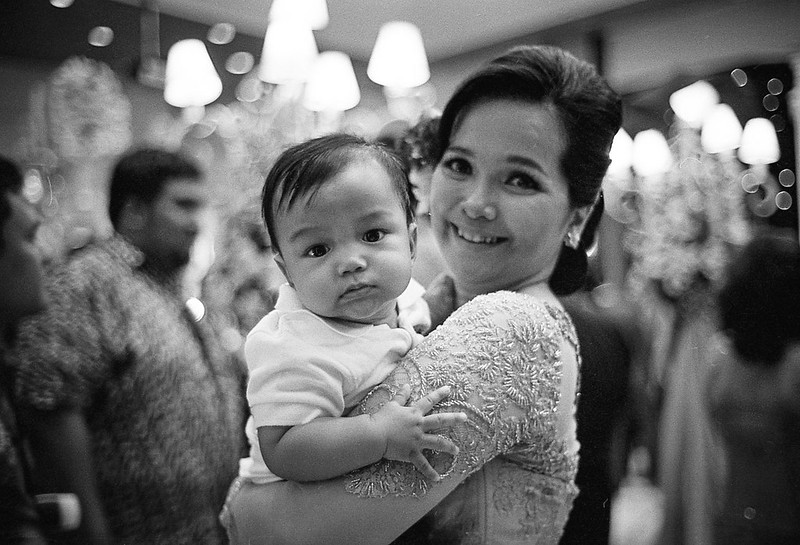jwicaksana
Jakarta, Indonesia
Dear friends, any comments on the color images I posted on the Lombok/Gili series? Those are scanned by a commercial lab, a bit too contrasty and sharp for my taste, in other words, not how I would scan them personally.
Any thoughts and constructive criticism will be much appreciated.
Any thoughts and constructive criticism will be much appreciated.





















